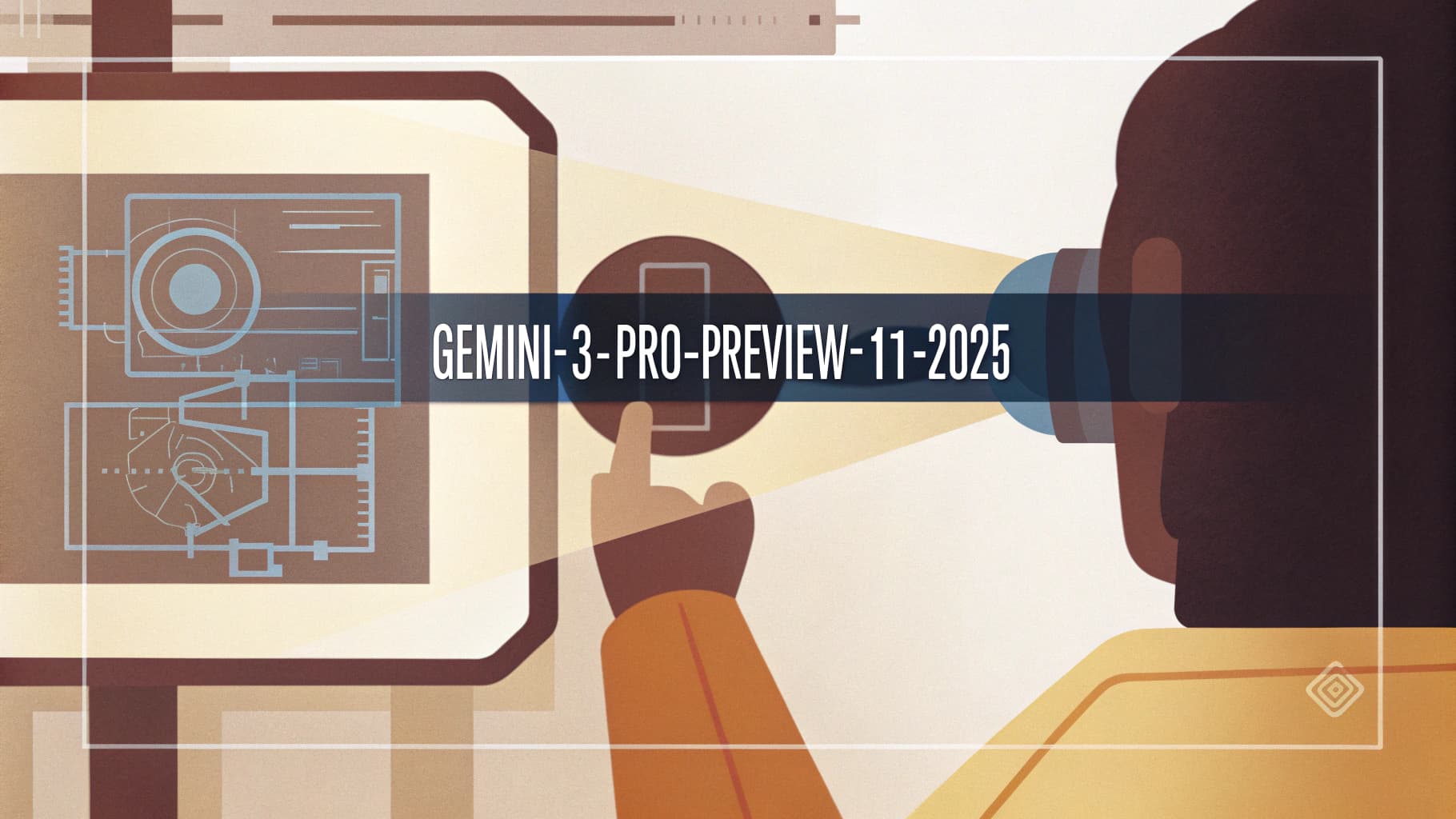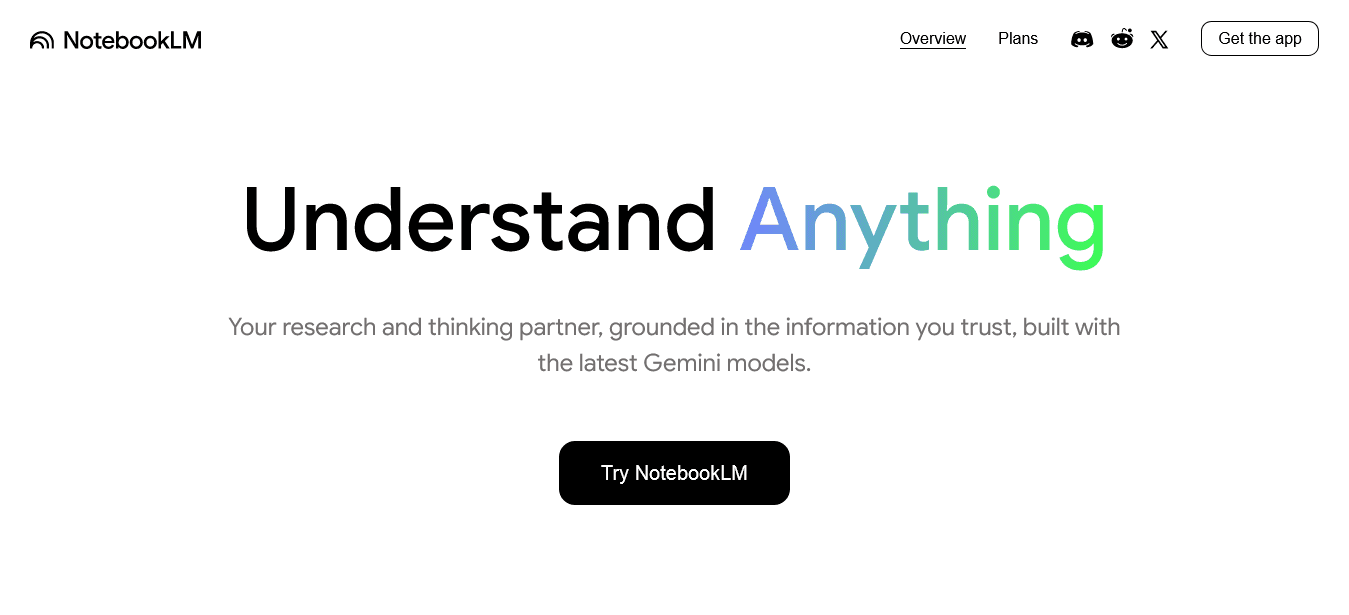
SynthID Detector: Google’s New AI Content Detection Tool
In a move aimed at enhancing transparency in the evolving digital content landscape, Google has announced a new tool called “SynthID Detector.”
This tool is specifically designed to help identify content that has been created or modified by the company’s own artificial intelligence tools.
Precise Mechanism for Detecting AI-Generated Content
SynthID Detector functions as a verification gateway, according to Pushmeet Kohli, Vice President of Science and Strategic Initiatives at Google DeepMind.
When an image, audio clip, video, or text created using Google’s intelligent technologies is uploaded, the gateway scans the media for a specific digital watermark known as “SynthID.”
If this watermark is detected, the tool identifies the parts of the content likely to contain it.
This technology relies on the “SynthID” system, which embeds a watermark invisible to the naked eye within the content.
According to the company, this watermark preserves the quality of the original content while remaining detectable even if the content undergoes various modifications or compression operations.
The models that support these watermarks include: Gemini, Imagen, Lyria, and Veo.
The development of this tool comes at a time when the internet is experiencing an increasing flood of AI-generated content.
Reports have indicated a significant rise in videos created using deepfake technologies.
For instance, a report by TechCrunch noted that the number of such videos surged by 550% between 2019 and 2024.
In a related context, The Times reported that four out of the top twenty most-viewed posts on Facebook in the United States last autumn were clearly identified as AI-generated.
Precise Limitations and Capabilities, and a Broader Ecosystem
It is important to note that SynthID Detector currently focuses solely on detecting content produced using Google’s own tools.
Other companies like Microsoft, Meta, and OpenAI have their proprietary technologies for watermarking content generated by their models.
Furthermore, Google acknowledged that the tool is not infallible and could potentially be circumvented, especially concerning text content.
Google has already begun making SynthID Detector available to an initial group of testers.
Following this preliminary experimental phase, the company plans to gradually expand access to users who sign up on a waiting list, prioritizing journalists, media professionals, and researchers.
Google also aims to build a broader content verification ecosystem.
In this context, the company has made its text watermarking technology, “SynthID,” open source, allowing other developers to integrate it into their own models.
It has also partnered with Nvidia to incorporate SynthID into videos generated by their services.
Additionally, a collaboration with the “GetReal Security” platform has been announced to further expand the detection capabilities of these watermarks.
Google believes that continuous collaboration with the AI community and expanding access to transparency tools are vital to equipping the public with the necessary information to engage with AI-generated content more consciously.




